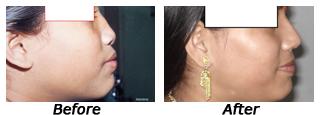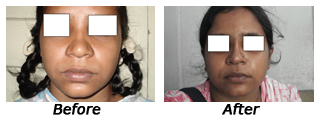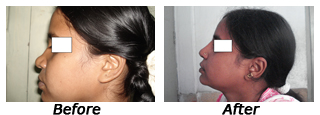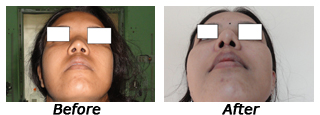
Prof. Dr. Goutam Guha (M.S., M.Ch)
Consultant Plastic, Cosmetic and Reconstructive Surgeon.

Consultant Plastic, Cosmetic and Reconstructive Surgeon.
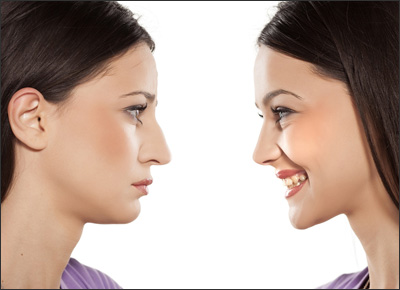
Cosmetic Surgery of Nose (Rhinoplasty)
Rhinoplasty is a surgical procedure performed on the nose to change its shape, size, form or function. Also known as a "nose job" this procedure is used to help patients acquire a more cosmetically appealing nose and improve their self-image. This is also a surgery performed to reconstruct the nose after trauma, and to correct physical imperfections, birth defects and breathing problems that cause health issues.
There are many new surgical and non-surgical rhinoplasty improvements, advances and techniques, making this one of the safest, most demanded plastic surgery procedures in the world.
If you are interested in rhinoplasty, you are not alone. More than 11 thousand people have rhinoplasty surgery every month - just in America. Rhinoplasty has consistently ranked among the top 10 most popular cosmetic surgeries for the last decade. Three of every four patients are female. Among men, rhinoplasty is the second most popular cosmetic surgery. It is the most commonly requested aesthetic procedure among patients 18 and under.
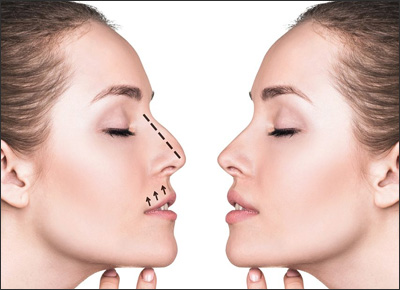
What surgical Rhinoplasty can treat
. Nose size in relation to facial balance . Nose width at the bridge or in the size and position of the nostrils . Nose profile with visible humps or depressions on the bridge . Nasal tip that is enlarged or bulbous, drooping, upturned or hooked . Nostrils that are large, wide, or upturned . Nasal asymmetry If you desire a more symmetrical nose, keep in mind that everyone's face is asymmetric to some degree. Results may not be completely symmetric, although the goal is to create facial balance and correct proportion.
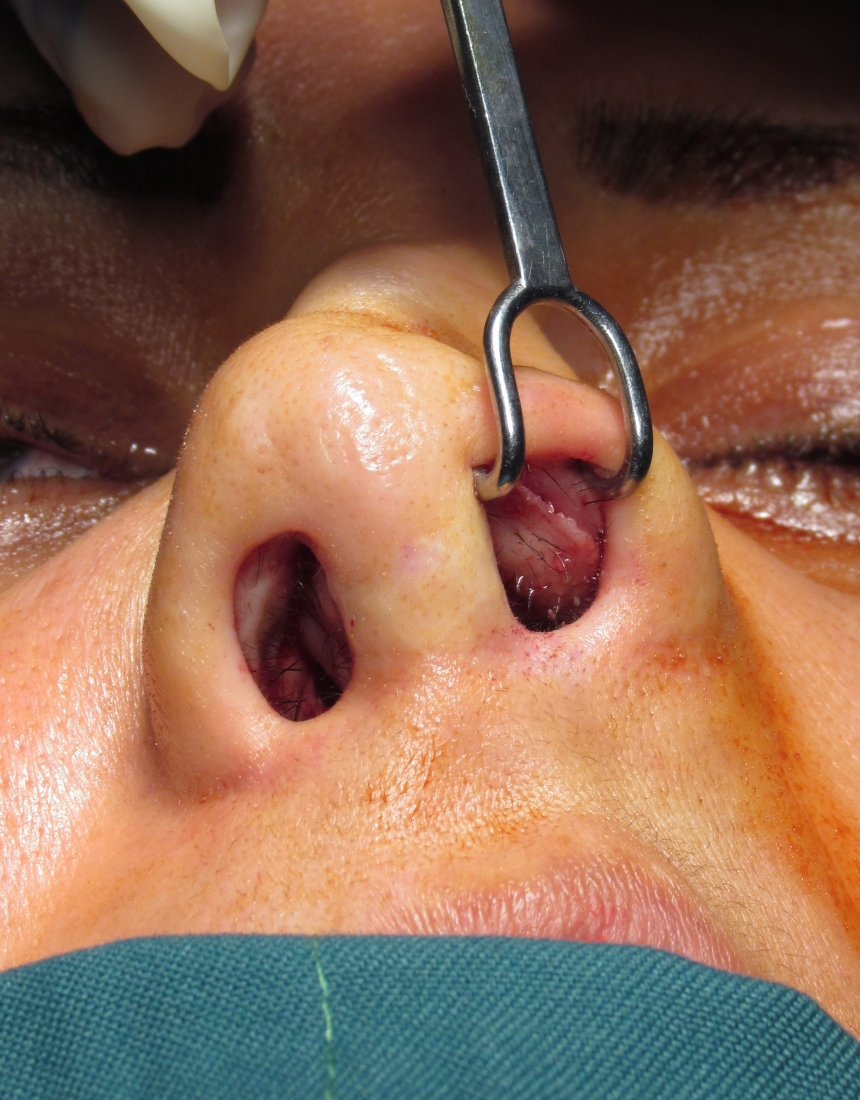
Different Rhinoplasty Techniques:
The rhinoplasty procedure falls into two important categories: surgical and non-surgical. While the first one (and the most popular) involves incisions in order to shape the nose, the latter is non-invasive and relies on injectables. One method is not necessarily better than another, and your plastic surgeon will help you decide which procedure is best suited to your circumstances. Follow the links for more in-depth information about the different rhinoplasty techniques.
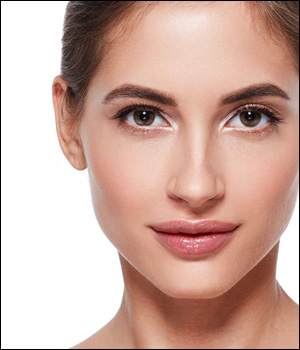
1) Surgical Rhinoplasty:
. Closed Rhinoplasty - Your surgeon makes several incisions in the inside of your nose and makes the necessary revisions without creating scars on the exterior of the nose. This technique is often preferred when there are minor imperfections to be corrected.
. Open Rhinoplasty - An additional small incision is made in the skin that separates the nostrils at the base of the nose to expose the cartilage. Depending on your unique needs, open rhinoplasty may give the surgeon better access to the anatomy of your nose to make more precise corrections. Your surgeon may prefer open surgery if there is grafting to be done, or in the case of ethnic rhinoplasty.
. Revision Rhinoplasty - Noses that have already undergone a previous surgery may present some additional challenges. A significant amount of the nasal support structure may have been lost, grafts may have been misplaced, or scar tissue may have built up. The correction of these problems can often be more difficult and require different techniques.
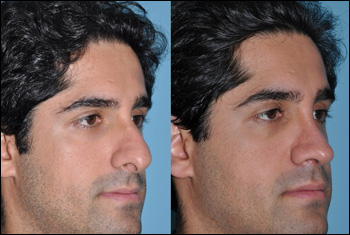
2) Non-surgical Rhinoplasty:
. Injectible Fillers - A common method of non-surgical rhinoplasty uses injectible substances, known as dermal "fillers", to camouflage mild to moderate flaws such as minor bumps and droopy nasal tips. This type of "nose job without surgery" may also make a crooked nose appear straighter. This method usually requires nothing more than a topical anesthetic, if any. As with the other forms of non-surgical rhinoplasty described below, the results are not permanent.
. Botox® - Injections of Botox® like substances may be used to alleviate nasolabial creases, wrinkles, crookedness, scars or bony crests.
. Inserts and Splints - In this method, splints can be inserted into the nose to modify its shape. They will only help while you are wearing them and they cannot be worn while sleeping, swimming or exercising.
Picture Gallery
